|
|
The current range of books. Click the image above to see them on Amazon (printed and Kindle format). More info on coinpublications.com |
|
|
-
Content Count
729 -
Joined
-
Last visited
-
Days Won
67
Posts posted by alfnail
-
-
...sorry about the spelling mistake in my last post, my brother would rip my head off for that!!
-
That's a nice coin Richard. I think the dot by the outer ribbon on my coin is something that happened later in the life, rather than a flaw or something from original minting.
I have a lower grade F16 where I cannot see the 3 small dots at bust.
On your coin I notice that there is a flaw from the rim just after F and wonder whether other members may be able to check there own specimens for that flaw + 3 dots and, if found, then check to see what appears where your potential 'LC WYON' is situated.
I probably can't get back to this now until early next week
-
I have found an F16 which has some, not all, of the marks which also appear on Richard's Baldwin's coin; my F16 is 'pesky' slabbed so this is the best picture I have at present. I have highlighted the identical marks with red arrows. My coin does have a couple of additional marks which Richard's does not display, and my piece also seems more 'hollowed' under the bust...............as one would expect for this type.
I'm thinking that the marks which are identical on these two specimens seem to indicate both have been struck from the same obverse die and, if that is the case, would strengthen the argument that Richard's coin does NOT have LC WYON in a new 'bust position', and is more likely to be the result of a combination of the reverse teeth gap clashing and some additional metal.
Perhaps Richard could check to see if his piece also has that dot near the end of the outer ribbon.
-
I wonder if any member has ever attempted to study differences in LC WYON locations. Perhaps we should all now be examining our own specimens to see if the W of LC WYON is ever seen anywhere other than under centre of the rose.
-
Yes, the one on Richard's site as his example 9, also with a different date width to the usual F24's. Maybe we need to ask Bernie how many F24 die pairings!
-
 1
1
-
-
I have seen similar marks under the bust on several early bun years, attached are two examples from 1861 and 1860. They seem to come in different thicknesses and pointedness (if that's a word!). My guess is that on my two examples this is reverse ghosting of the areas between the teeth. I am not sure this is what is going on with Richard's coin though; it almost looks as though the top half of a C (of LC WYON) is present on that Baldwin's coin.
-
 1
1
-
-
Thanks Mike I'm sure you are right, but you never know, I did sell my F24 and F27 when the "I need another holiday" pressure was on!
-
Probably one of the last pieces I will ever sell Mike, may even take that one with me to the grave...........although I have difficulty explaining that sort of thing to my wife!
-
Hi Mike, picture of obverse of that F32 Type 2 is attached as requested. It is not actually in my own collection, but can be seen on Richard's rarestpennies website as his example number 8. The only example of F32 which I have retained is the one also shown on his website as example 12. Despite the low definition obverse picture of example No. 8 I can now see the V to linear circle distances differ.................thanks to Bernie pointing this out.
-
 1
1
-
-
...when I said 'pictured above' I meant on Page 96 of this thread!
-
Re. Bernie’s comment “two known die parings of F32”, I have only ever owned a couple of this rare type, so not studied in any detail, but my own findings do show two different reverse date types…………as pictured on the attachment. I think the top date is more common, and same as the ones pictured above, but the bottom date in my attachment has the last numeral one even more slanted than the commoner type. Full reverse picture also attached for reference.
May I ask if it is this reverse ‘date variation’ which prompted the “two known die parings” comment, or whether there is some other feature which I have not yet observed? I have noticed that some of the commoner reverse date type develop a die flaw after the first N of PENNY (same as Jerry’s example, top one of the 3 pictured above), but also wonder if there is more than one obverse involved on an F32.
-
 1
1
-
-
Think zookeperz has now covered much of what I have just typed, but here goes anyway!
I believe this is a Gouby Date Style A
http://www.michael-coins.co.uk/cp_1858.htm
Pictures of one of my own examples attached; think exact same dies, noting the following:-
· Same die flaw to front of truncation, looks to be a bit more developed on your piece
· Same die flaw as your piece (highlighted with red arrows) around the T of VICTORIA
· Not pictured, but my example also has an additional obverse flaw running through the base of the TIA of GRATIA, same as on your own coin
· Same very close REG colon position, note G repaired
· Same N’s of BRITANNIAR, particularly noting the clumsy 2nd N repair
· Date has small additional piece to inner bottom loop of the 1st numeral 8 (again highlighted with arrow)
· 8’s seem a little ‘pointed’ at top left of top loop (again highlighted), yours may have an additional mark which I think has suggested to Pete it may be an overdate……...which I don’t think it will be!
Not a particularly rare variety in my opinion, colons on the Victorian copper penny series are all over the place!
-
 2
2
-
-
On 10/29/2017 at 11:36 AM, zookeeperz said:Good day folks. Have a bit of a quandary . I have a 1947 1/2 Anna but struck from the Bombay mint as opposed to Calcutta. They were also struck @ the lahore mint but nobody can identify them as during this period both Bombay and Calcutta coins had test marks added to them. Usually 1 behind the head of the king and 1 on the reverse abone the first N of ANNA but not strictly designated to a set area and some had more than 1 each side. The diagonal short strokes either side of the date are the markers for Calcutta and Bombay . Calcutta mint coins just have the dash/stroke line whereas the Bombay mint has a stop/dot half way down the stroke so it looks like a kind of dash-dot-dash effect. I asked some authoritarians on British-India coins and asked why the 1947 Bombay mint carried such a high book value $500 in MS -60 in fact it's valued higher than the proof-likes. But here is the thing NGC has graded 19 1947 1/2 Anna coins all Calcutta mint.PCGS hasn't graded any and the only 1947(B) they graded was a prooflike restrike and I am guessing that is where they a generating a hypothetical value from. So no coins have sold through auctions and you can search all over the internet and never find one. Only footnotes about variety types. But there is no explanation for a coin with no actual mintage figure and quote " The characteristics of the 1947 Bombay mint haven't been determined but are thought to resemble the 1946 issue" un-quote. So how rare are these coins? Anyone care to chime in . Every door I open slams shut and is frustrating to say the least. Here is my Nemesis
 I think I need to slab this one purely on the grounds of rarity.?
I think I need to slab this one purely on the grounds of rarity.?
I'm not an expert on Indian coins, but I do have a collection of George VI World coins for the last year he appeared on every Country, and for all denominations. I have now completed this 'sideline' collection of 150 coins, trying to acquire as high a grade as possible.
For India this meant finding a 1947 Half Anna from the Bombay mint, which at first sight (looking at supposed mintage figures) I thought would be a real doddle!
I think I looked for two years before I found a low grade piece, which I let pass because I wanted UNC, perhaps in hindsight that was a mistake.
Anyway, I did eventually find a nice example but unfortunately the seller also knew it was an extremely difficult type to locate, so I found myself paying the asking price rather than risk regretting letting it go and then never finding a decent one again. It was in fact the second most expensive piece in this small collection, more than the 1952 BWA Sixpence and almost as much as the 1952 Mint State Australian Sixpence.
Pictures are attached for your reference, small dots on both reverse and obverse as I think you were expecting.
-
Nothing gets past you Terry

Think I have experienced similar 'mixed up' pictures on ebay about half a dozen times over the years.
If the listing had not been restricted to ebay.de then I think there could have been much competition over this one..........and a big price, and subsequent disappointment............caveat emptor!!
-
-
Sounds like with all those exclamation marks and precise price that it must have been you Richard

-
....with WW on the truncation?
-
Is it the inverted Panda variety

-
-
.....and the promised doubled date close up on this same coin. Colour differences due to digital microscope, but it is definitely same coin which you can verify by examining the small carbon spot to the LHS of the cross bar on the second numeral 4.............so a fully doubled date and also a fully doubled GRATIA on this example
-
Indeed Ian. Here is another 1844 with fully doubled date, this time with 'tails up' to 4's, same as original post, and you can see that all the letters in GRATIA are also doubled.
I will send digital microscope close up of date on this coin in separate post to follow, as not easy to see doubled date on this full obverse shot.
-
Here is another example of fully doubled date, but this time on an 1844 with plain tails to 4's.
Doubled parts of the legend (including full date) I have seen quite often within the Victorian Copper penny series.
My feeling is that this is due to the mechanics of striking the coin (die bounce?) rather than intended human repairs. Having said that, there are undoubtedly also many examples of legend / date repairs within this same series.......but generally to individual letters / numbers rather than 4 in a row.
-
-
Frankie!?
 Coinpublications.com
Coinpublications.com

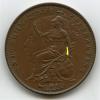



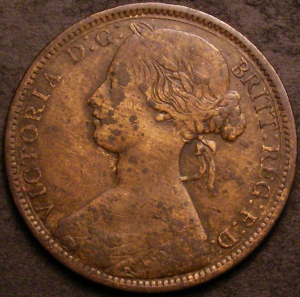
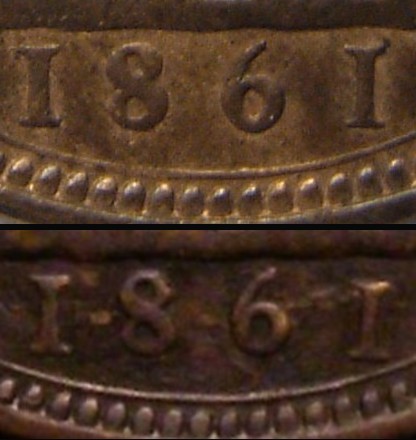
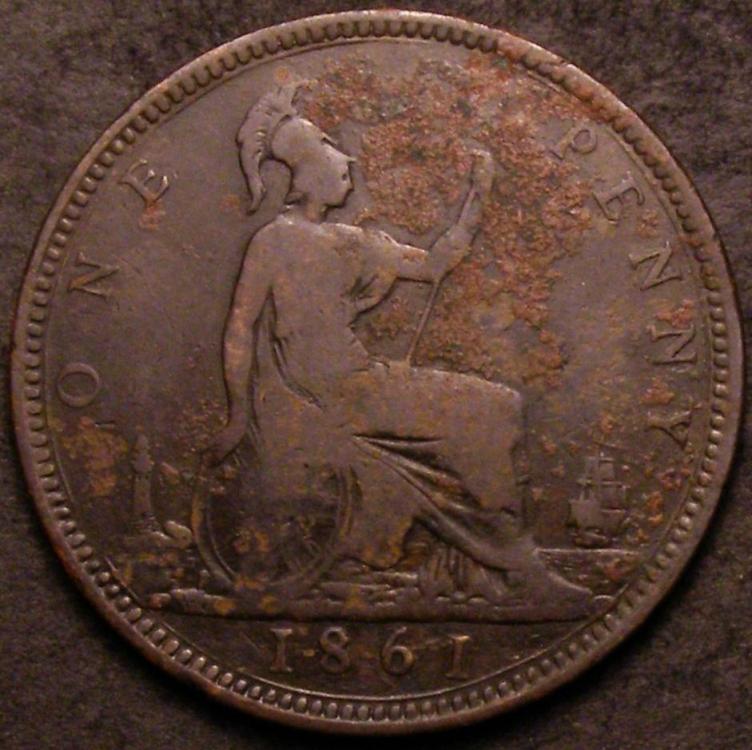

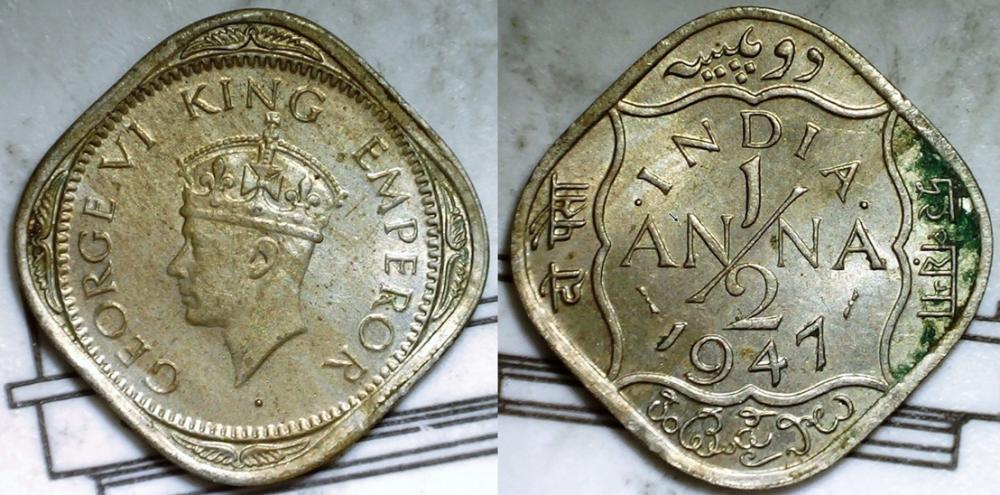
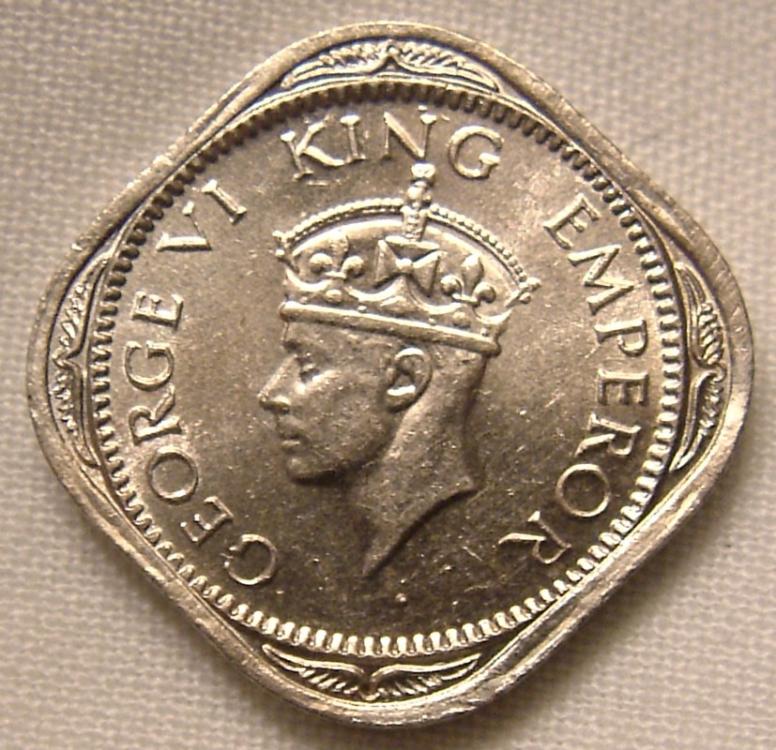
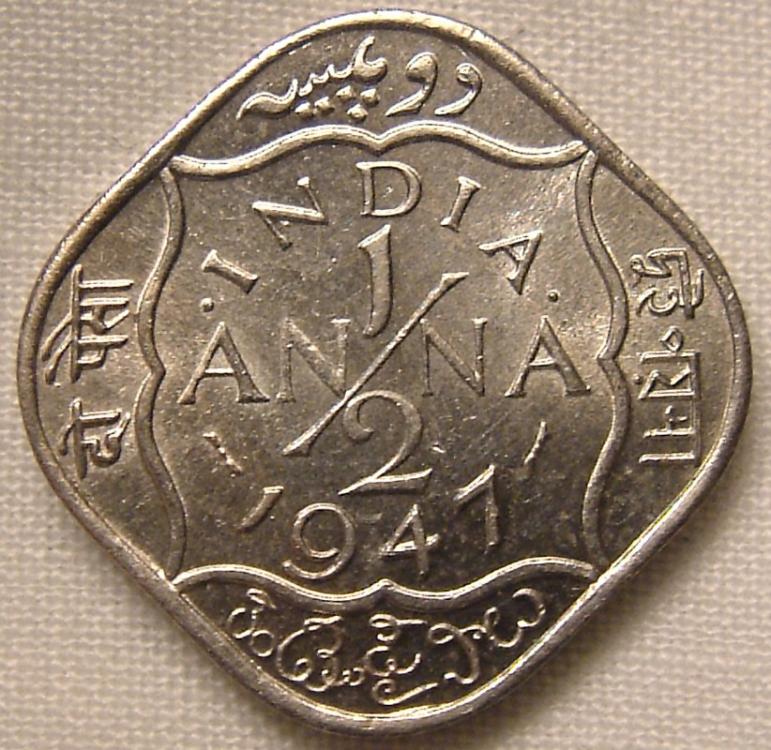





More Pennies
in British Coin Related Discussions & Enquiries
Posted
An explanation of it being a 9 was given on this forum link by Michael Gouby back in 2009. Scroll down to last text:-
http://forums.collectors.com/messageview.cfm?catid=6&threadid=712566&STARTPAGE=1
Whilst I don't have an electron microscope (did actually use one on Apollo moon samples) this is the best picture I have of this overdate using my digital 140x